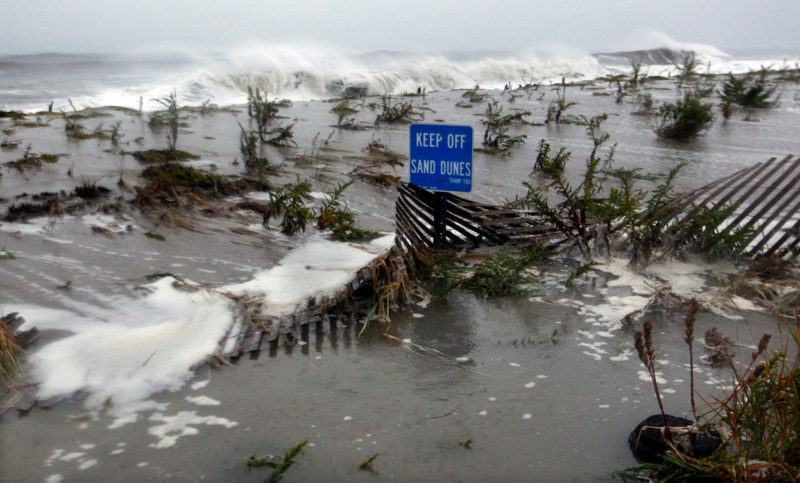As the world celebrates the 2017 World Wetlands Day on Thursday, February 2 2017, the focus this time around is on the role played by wetlands in reducing the impact of natural disasters.

Defined as land areas that are flooded with water, either seasonally or permanently, wetlands are said to be a natural buffer against disasters.
Along the coastline, wetlands act as a natural protective buffer. For example, they helped avoid more than $625 million in damages from Hurricane Sandy in 2012.
Inland, wetlands act as a natural sponge, absorbing and storing excess rainfall and reducing flooding. During the dry season, they release the stored water, delaying the onset of droughts and reducing water shortages.
When well managed, wetlands can make communities resilient enough to prepare for, cope with and bounce back from disasters even stronger than before.
Preparing/Preventing
To minimise impact ahead of time, flood- and storm-prone areas can be designated as protected wetlands to strengthen nature’s own buffer. The Biosphere Reserve of the
Saloum Delta in Senegal, for example, is an area of estuaries, lakes and marshes. It controls flooding and makes sure that humans, animals and plants have access to fresh water over the entire year. The International Union for the Conservation of Nature (IUCN), it was gathered, is working with local communities in Senegal to restore degraded wetlands and to encourage sustainable agriculture, tourism and fishing practices.
Coping
When an extreme event hits, healthy wetlands can absorb some of the shock, cushioning the damage in local communities. In Hikkaduwa, Sri Lanka where offshore coral reefs are protected through a marine park, the damage from the 2004 tsunami extended just 50m inland. In nearby Peraliya, where coral mining had degraded the reefs, the damage extended 1.5 km inland.
Bouncing Back
Wetlands can also speed up the recovery and help to “build back better” after a disaster, acting as natural water filters and nutrient restorers. After a 1999 cyclone that hit Odisha in eastern India, rice paddies that were protected by mangroves recovered their food production much more quickly than croplands without the buffer.
Maintaining healthy wetlands and restoring degraded ones means that a community can deal with a disaster even better next time.
